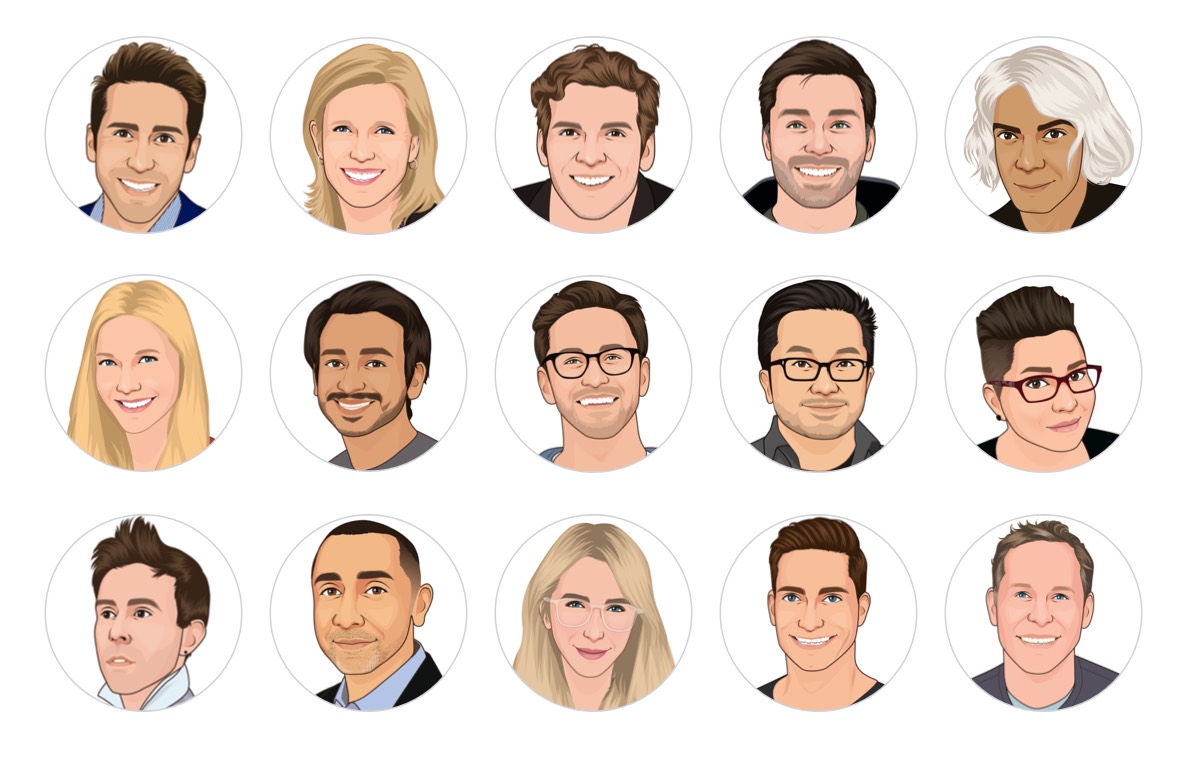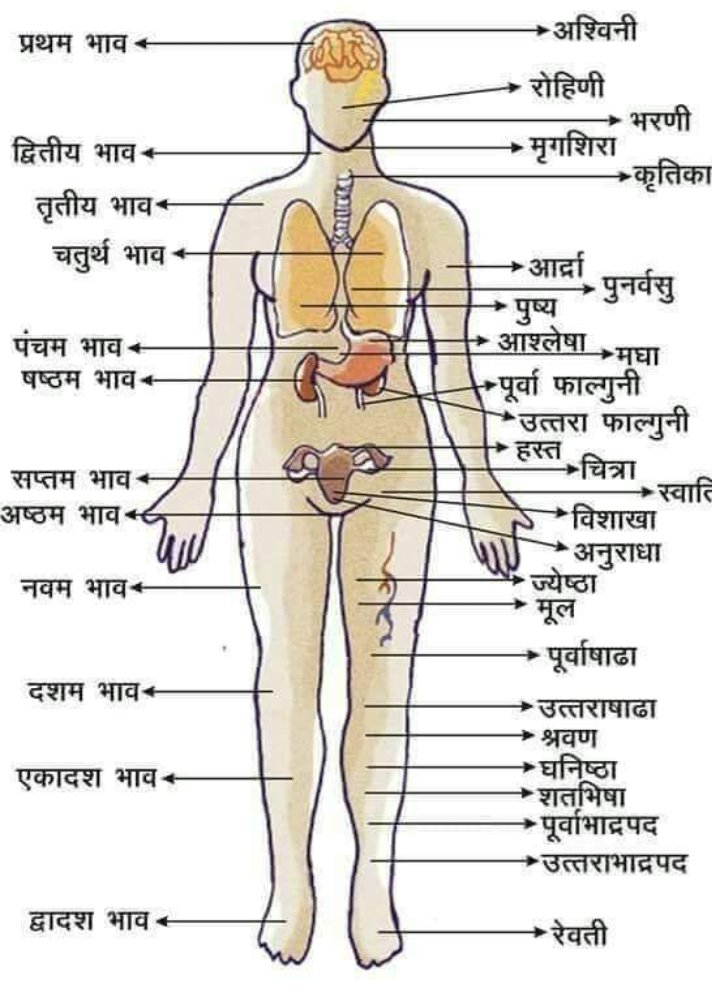The audience is secondary to the conversation. The more you focus on having a great conversation the more likely an audience is to be interested in it.
Conventional wisdom says there are too many podcasts––don’t bother making another one. But at least half the value of hosting a podcast is building the muscle to consistently create.
A thread of podcast lessons learned 20K+ listeners, 15 guests and 365 days after launching one:
The audience is secondary to the conversation. The more you focus on having a great conversation the more likely an audience is to be interested in it.
This is the “wedge” that will forge your initial audience. For example, the hook for #ParadoxPodcast is Silicon Valley folks exploring topics beyond tech.
You want "guest NPS" to be high so they feel good about the episode and share it with their audience. A few tips.
Then, don’t be afraid to leverage cold emails or DMs to book guests outside your immediate grasp. You might be surprised who will say yes. Great guests beget great guests.
To make one, listen to a previous podcast (if available) and read through their latest writing or tweets.
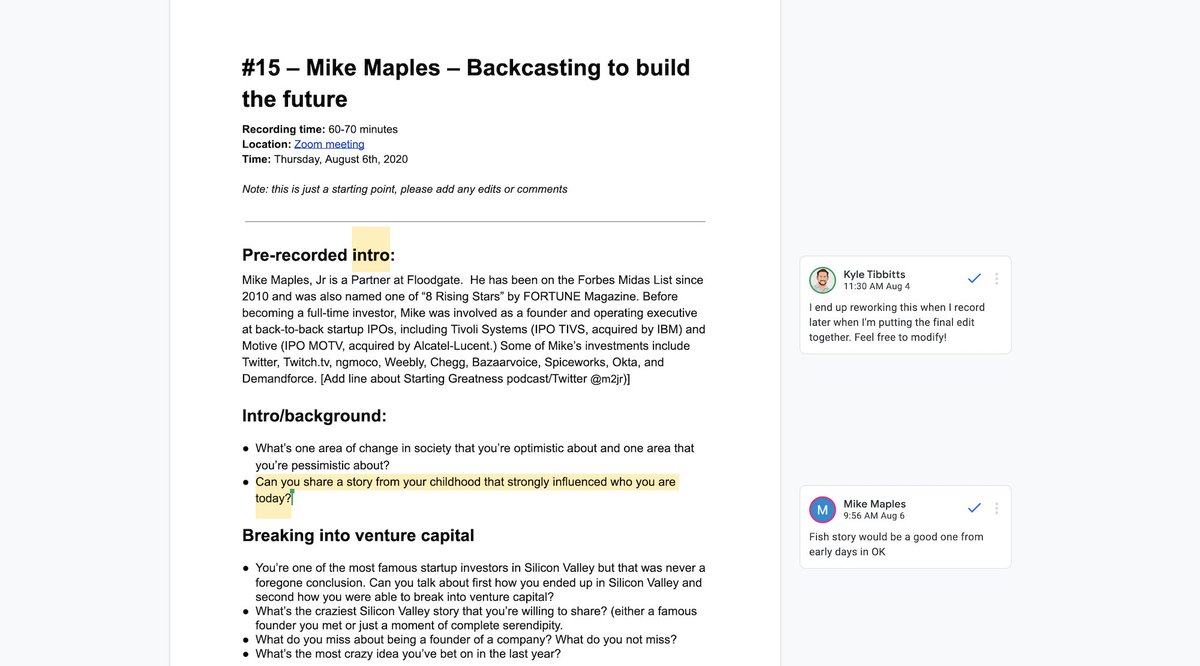
Always give your guest the option to make edits. 90% of the time they won’t request any, but again, it puts them at ease and let’s them speak freely.
The upside of Zoom? More guests will commit because of the convenience. The downside? The audio quality isn’t as good.
If you’re editing everything yourself, the first few episodes will take quite a bit of time, but once you templatize your process, each new episode will become significantly easier.
For Zoom interviews, I’ve tried several microphones but the best quality and value by far is the @AudioTechnicaUK AR2100 (thx @micsolana for the tip). They cost ~$100 and they sound as good or better than much more expensive mics.
https://t.co/GN94ssyXqJ
https://t.co/byvLWRQ4QJ
Once you’ve got your raw audio file, it’s time to edit. The best editing software that I’ve come across by far is @DescriptApp. It automatically converts your entire conversation into a Word doc-like script you can modify and then export in minutes.
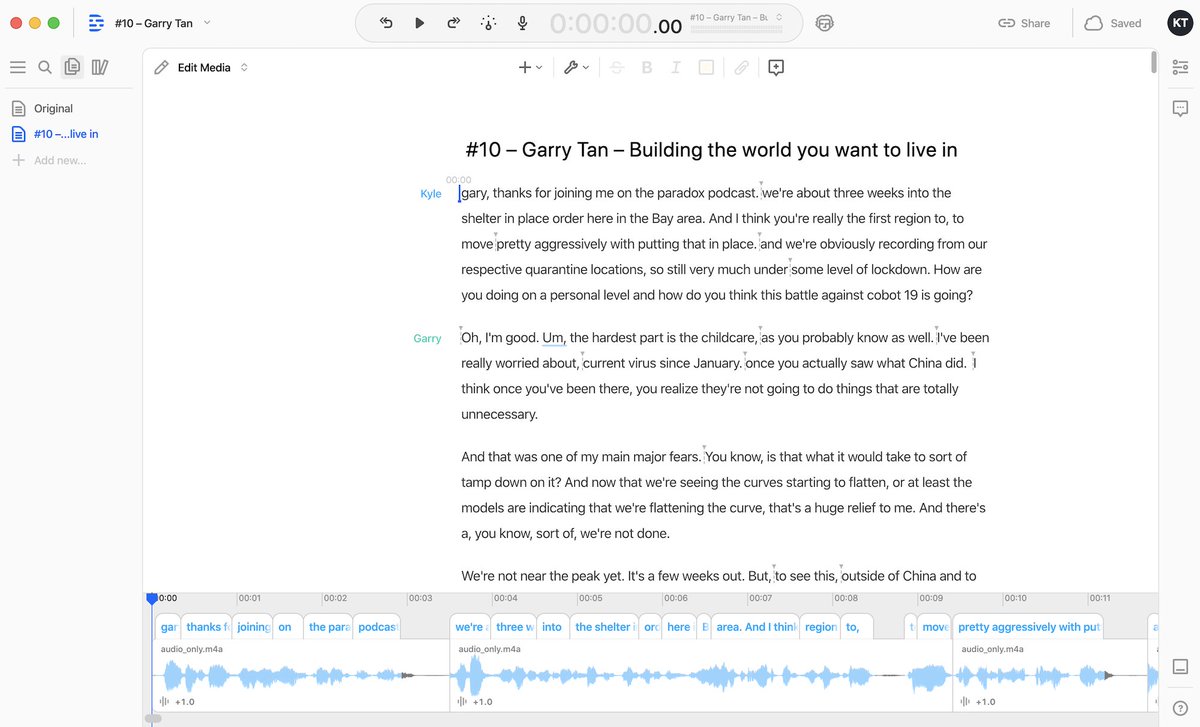
Next, pick an RSS like @Soundcloud or @anchor to manage episodes and show notes.
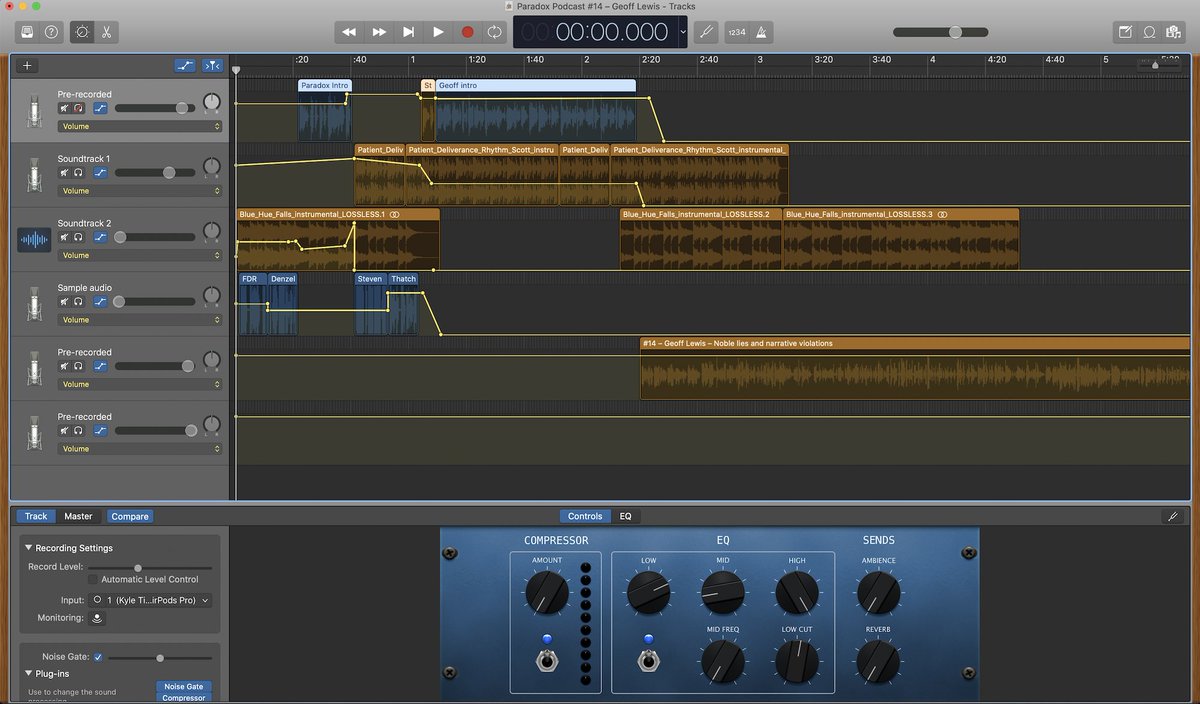
Sharing your episode on social, Twitter in particular, is a no-brainer. A big mistake is not building out an email list on a simple website. Email is a powerful owned marketing channel that is independent and portable.
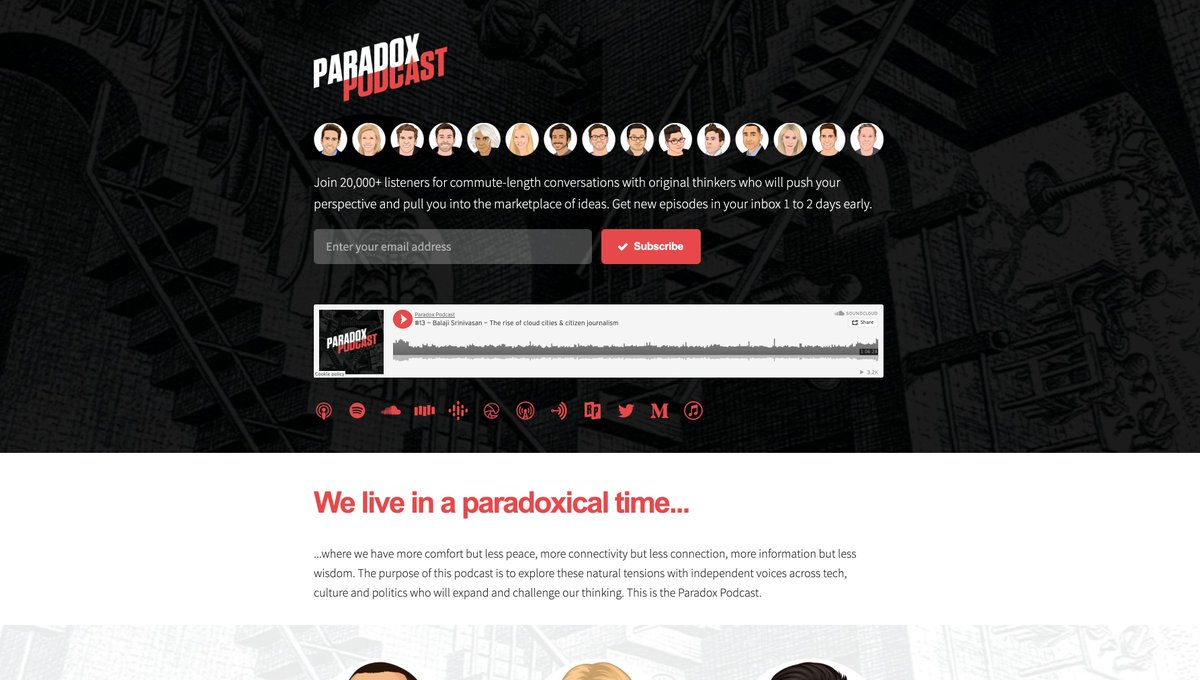
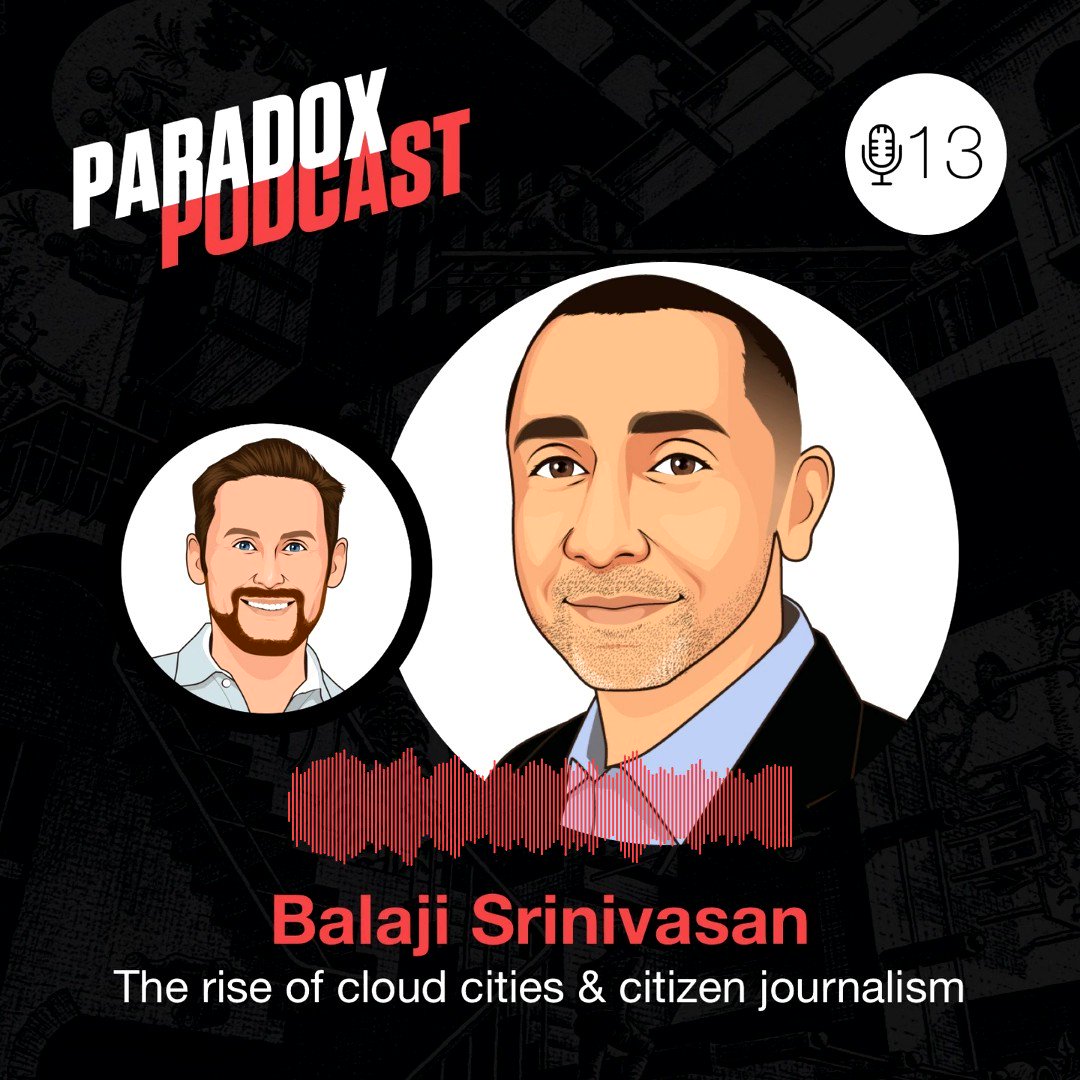
The #ParadoxPodcast’s “break” was a two part episode with @JamesBeshara, who was a very early supporter. Turns out podcast hosts make great guests.
The reality is most podcasts will never grow big enough where monetizing them directly with ads makes sense. However, you can indirectly “monetize” your podcast by viewing it as a serendipity machine that works to generate opportunities while you sleep.
Podcasts have a magical way of pulling unexpected opportunities into your orbit. And the “ROI” from these serendipitous online collisions can easily outpace selling ad slots.
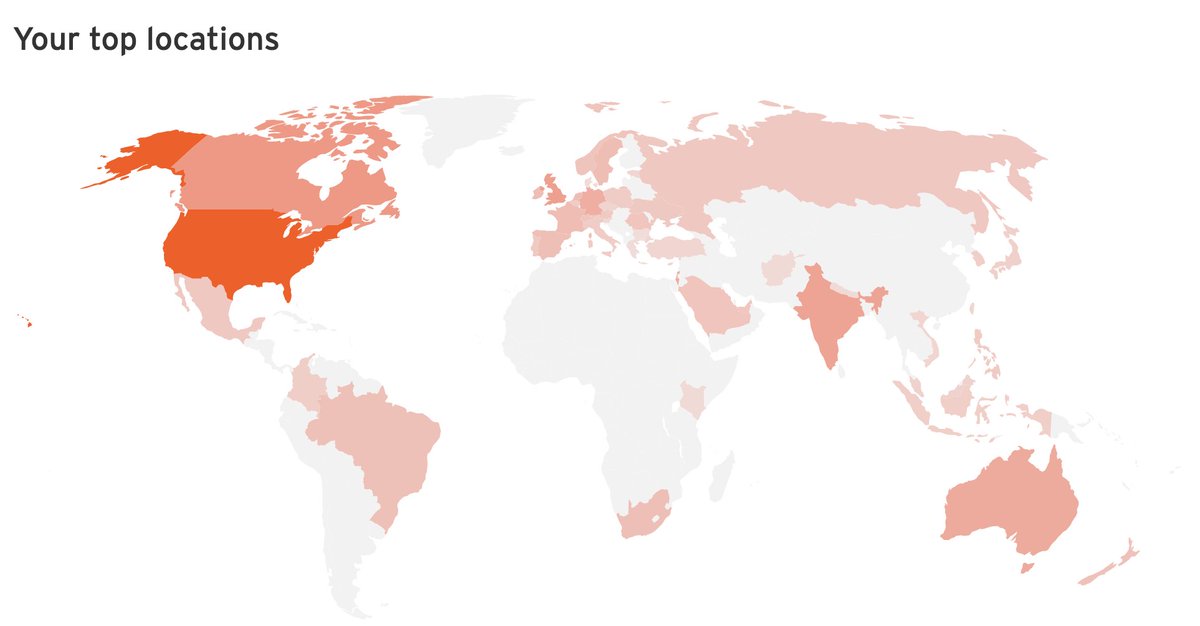
If you’ve considered doing one I’d encourage you to pull the trigger (my DMs are open).
